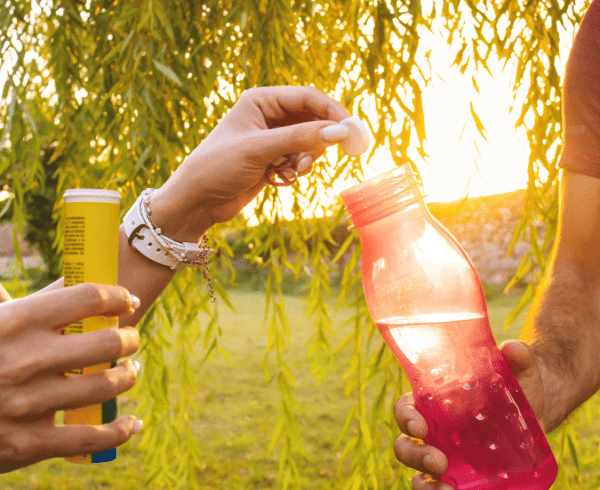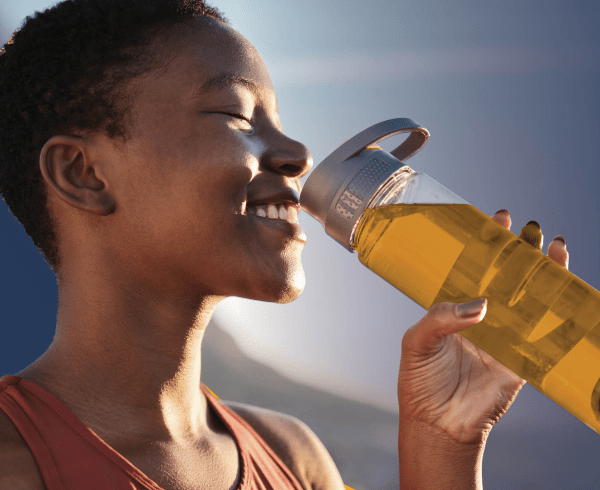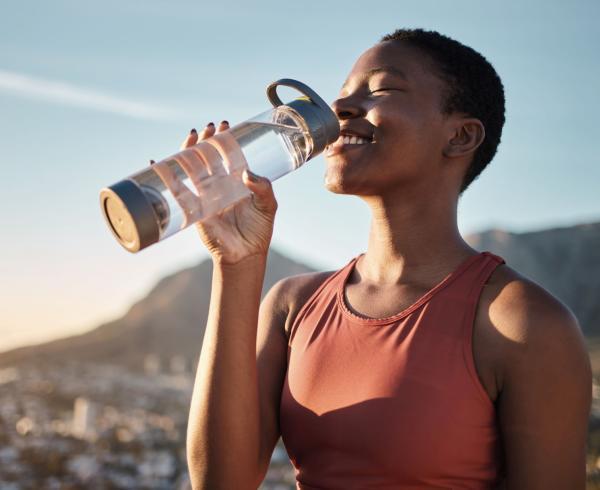Electrolytes, which consumers strongly associate with hydration, are becoming more utilized in fortified water as brands begin to compete head-to-head with electrolyte and sports drinks. Among flavored water, punch, white peach, yuzu, and red grape flavors are gaining momentum.6
Brands to Watch
Category disruptors include Liquid Death in the US, with the tagline “Murder Your Thirst.” This male-focused canned water, which resembles beer and uses shock and humor in both its graphics and flavor names (such as Rest in Peach and Convicted Melon), has gained a loyal Gen Z following.
In the UK, flavored vitamin waters for kids are gaining traction, with Dino Water by Perfectly Clear and Get More Vits leading the way. Vibrant fruit flavors and playful characters on the packaging appeal to kids, while the nutritional benefits offer parents a convenient alternative for kids reluctant to take traditional vitamins.
Understanding Consumer Insights
Hydration is the primary purchase driver for fortified water. However, consumer research reveals other benefits consumers want to see in hydration products. More than one in three Gen Z and Millennial consumers want hydration products to feature skin health or digestive health benefits.7
Fortified water that supports skin health could be formulated with vitamins, collagen, and antioxidants that promote a glowing complexion, while added probiotics or fiber could support digestive health. Fortified water can further expand its appeal by addressing these key wellness areas.






